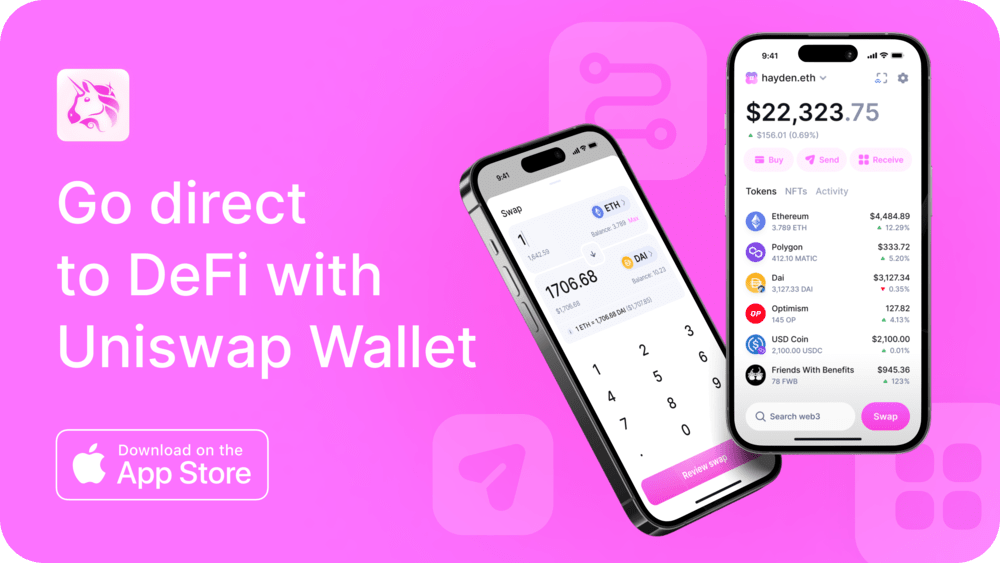WTF is a Blob?

Dear Bankless Nation,
We've been talking more and more about Blobs on Bankless lately, and we wouldn't fault you if you were a still a little confused about them. Well, we're here today to get you back up to speed on Ethereum's near-term roadmap.
Today, 563 dives headfirst into the blobspace to tell us what the big deal is.
-Bankless team
Navigating EIP-4844's Blobspace
Bankless Writer: 563 | Disclosures

If you’ve stuck around crypto throughout the bear market, you may have heard about Ethereum’s “rollup-based” roadmap. With EIP-4844, Ethereum mainnet is offering a helping hand to these scaling solutions by introducing a new concept – blobs.
Yes, blobs.
But, WTF is a “blob,” and how exactly does this help Ethereum’s long-term plan of scaling via rollups? Let's dig in.
From full execution sharding to rollups
So, sharding involves shuffling validators randomly across different shards (subgroups) of the blockchain, with each shard being essentially its own mini-blockchain running in parallel to the Beacon Chain.
This isn’t a new idea in network design, and running a bunch of parallel processes has been the plan for Ethereum for quite some time.
The only problem? This is a complex change, and it was taking too long. While Ethereum devs and researchers were strategizing on how to best implement sharding, a new challenger emerged – rollups.
Instead of breaking the main Ethereum chains into their own mini-blockchains, rollups instead act as mini-blockchains that operate “on top” of the Ethereum Layer 1 (hence their term Layer 2). And by the time Vitalik wrote his “A rollup-centric ethereum roadmap” post in 2020, the writing was already on the wall:
“It seems very plausible to me that when [full execution sharding] finally comes, essentially no one will care about it. Everyone will have already adapted to a rollup-centric world whether we like it or not, and by that point it will be easier to continue down that path than to try to bring everyone back to the base chain for no clear benefit and a 20-100x reduction in scalability.”
Why EIP-4844 is a gamechanger
Now that the Ethereum community has overwhelmingly accepted rollups as the future, which improvements can be made to the mainnet that will provide the most impact?
First, let’s briefly touch upon the duties of a blockchain within an Ethereum-Rollup relationship.
The original sharding-centric vision of Ethereum was set to scale execution on mainnet. Now, with execution being scaled by rollups, this is no longer the priority.

What is still an issue today? Data availability.
Rollups still have to post transaction data (as well as fraud/validity proofs for Settlement verification) back to the L1 so that everyone has the complete picture of what is happening across the network. This is currently a costly venture for the rollups.
So, while rollups have helped to scale Execution, Proto-Danksharding (PDS, with EIP-4844) is on track to help scale Data Availability… with blobs.
Think of blobs as a new type of vehicle where rollups can park transaction and proof data efficiently, saving gas for when they send this information to mainnet. This new type of transaction offers a better way for L2s to interact with L1 blockspace.
While the actual gas savings realized by EIP-4844 will depend on the degree to which blobs are adopted, rough initial estimates show a 10-100x improvement for rollup transaction costs.
Transacting on Ethereum L2s for pennies? Yes, please.
These fees might be so cheap, in fact, that they could be entirely subsidized by L2 sequencers hoping to generate some buzz around their network. And with both Arbitrum and Optimism already running token incentive programs, this isn’t that crazy of an idea. Who wouldn’t want to transact for free?
Go direct to DeFi with the Uniswap mobile wallet. Buy crypto on any available chain with your debit card. Seamlessly swap on Mainnet and L2s. Explore tokens, wallets and NFTs. Safe, simple self-custody from the most trusted team in DeFi.
The great uncoupling
After the PDS update in EIP-4844, validators on Ethereum mainnet will be able to process both L1 execution and blobs (containing L2 Data and Settlement/proofs). And the best part? For the first time, we’ll be able to have separate fee markets for these two sets of data.
- Before EIP-4844 = gas fees on L1 directly affect gas costs on rollups
- After EIP-4844 = completely segregated fee markets for L2 blobs and L1 execution
The uncoupling of fee markets is a major reason Visa opted for Solana when choosing which network to use for stablecoin payments.
An over-hyped NFT mint on Ethereum mainnet will no longer affect DeFi users on their favorite rollup. Due to separate fee markets, these unnecessary entanglements will be a thing of the past.
Blobs will also inherit a “target allocation,” which will target three blobs per block for this phase. Blob fees are kept via a running tally, a la EIP-1559, to ensure that blobs are not clogging up the network. This way, both blobs and L1 execution transactions can coexist harmoniously on the base chain.
What to expect
EIP-4844 is slated to go live with Ethereum’s next upgrade, Dencun, likely occurring in January. After the mainnet update, rollups will have to make some upgrades so they can properly construct and send blobs to mainnet.
Due to its complexity, Full Danksharding (FDS) is further along the Ethereum roadmap but is set to roll out massive upgrades:
- Data Availability Sampling (DAS) - nodes don’t have to download the entire dataset to confirm that the data exists. They only have to take random samples (called “data availability checks”)
- Blocks will be able to contain more blobs, and blobs can be much bigger, thanks to DAS.
The best part? Once FDS arrives, rollups won’t have to upgrade to support it – their upgrades for EIP-4844 will be all they need.
With the launch of proto-danksharding, the rollup-centric roadmap officially commences, setting the stage for Ethereum’s next chapter. So when you’re enjoying the basically-free transactions on your favorite L2 next summer, remember to thank your friendly neighborhood blob for that.
Action steps
- 📺 Watch Blobspace 101 with Domothy
- 👁️ Watch EIP-4844 with Dankrad
☁️ Visit layerzero.network for more info! ☁️
